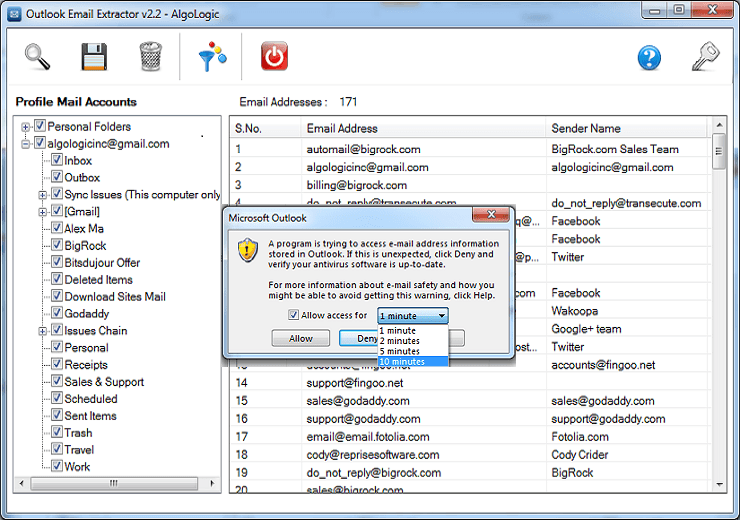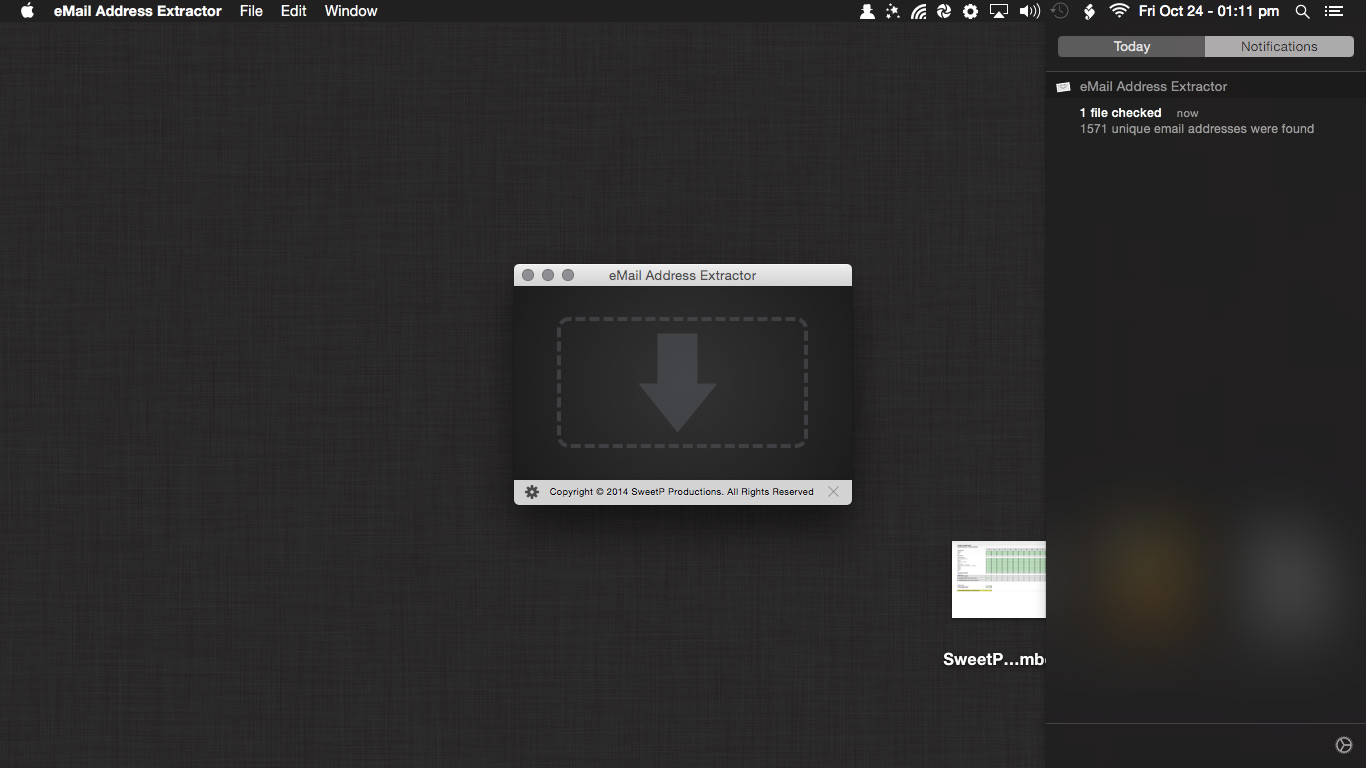

- #CRAIGSLIST EMAIL ADDRESS EXTRACTOR SCRAPY INSTALL#
- #CRAIGSLIST EMAIL ADDRESS EXTRACTOR SCRAPY DOWNLOAD#

Please note – This is not the most robust method for building CSS Selectors and XPath expressions. If you’d like to see more examples, then skip to the bottom of this guide. When you’re happy, simply press the ‘OK’ button at the bottom. If you have a red cross next to them, then you may need to adjust a little as they are invalid. The ticks next to each extractor confirm the syntax used is valid.

You can rename the ‘extractors’, which correspond to the column names in the SEO Spider. If you use Firefox, then you can do the same there too. Simply right click again on the relevant HTML line (with the authors name), copy the relevant CSS path or XPath and paste it into the respective extractor field in the SEO Spider. Open up any blog post in Chrome, right click and ‘inspect element’ on the authors name which is located on every post, which will open up the ‘elements’ HTML window. Let’s take the Screaming Frog website as the example. A quick and easy way to find the relevant CSS Path or Xpath of the data you wish to scrape, is to simply open up the web page in Chrome and ‘inspect element’ of the HTML line you wish to collect, then right click and copy the relevant selector path provided.įor example, you may wish to start scraping ‘authors’ of blog posts, and number of comments each have received. Next up, you’ll need to input your syntax into the relevant extractor fields.

This menu can be found in the top level menu of the SEO Spider. When you have the SEO Spider open, the next steps to start extracting data are as follows – 1) Click ‘Configuration > Custom > Extraction’
#CRAIGSLIST EMAIL ADDRESS EXTRACTOR SCRAPY DOWNLOAD#
You can download via the buttons in the right hand side bar.
#CRAIGSLIST EMAIL ADDRESS EXTRACTOR SCRAPY INSTALL#
To get started, you’ll need to download & install the SEO Spider software and have a licence to access the custom extraction feature necessary for scraping. To jump to examples click one of the below links: You can switch to JavaScript rendering mode to extract data from the rendered HTML. The extraction is performed on the static HTML returned from URLs crawled by the SEO Spider, which return a 200 ‘OK’ response. The custom extraction feature allows you to scrape any data from the HTML of a web page using CSSPath, XPath and regex. This tutorial walks you through how you can use the Screaming Frog SEO Spider’s custom extraction feature, to scrape data from websites. Web Scraping & Data Extraction Using The SEO Spider Tool


 0 kommentar(er)
0 kommentar(er)
